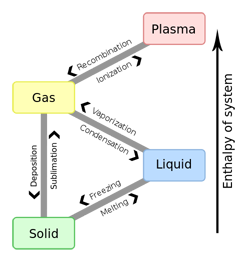

|
The International Workshop on
|
Abstract In this work we study the case of deconfinement in compact star interiors in the presence of a strong first order phase transition associated to a critical end point in the QCD phase diagram. Neutron stars fulfilling these conditions show a third branch in the mass-radius diagram with the first and second branches being the white dwarfs and neutron stars configurations. The transition to the third branch can be reached by a pure hadronic neutron star through an induced collapse releasing energy that corresponds to a mass-energy difference between the second and third branch configurations. Physical outcomes of this phenomenon that can potentially explain the already detected astrophysical signals are discussed. In particular we present energy estimations for the case of a fast radio burst, seen as a double-peak structure in the object's light curve.
Reference:
|